-
The Bluebird of Happiness, Nature’s Inspiration
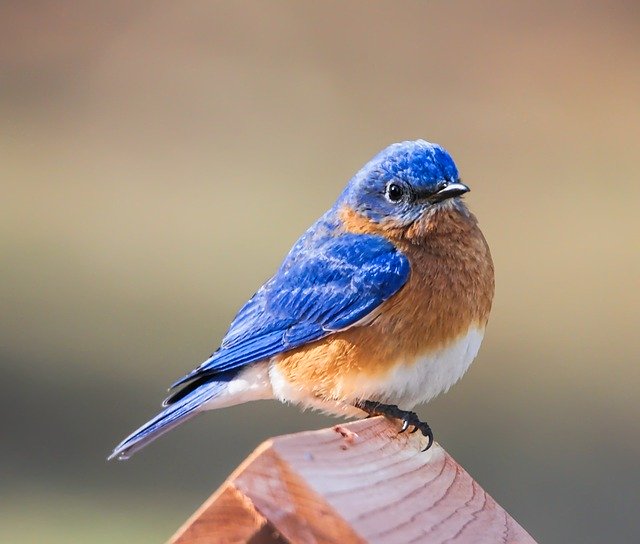
As I walked with my dog, Sasha, down the road near our home deep in a California canyon, I spotted a bluebird. He was almost impossible not to see, with his brilliant blue back, and flame orange belly. As we continued to walk forward, he flitted from fencepost to fencepost, as if guiding us along. I knew it was a male, as female bluebirds have duller colors than males, much like many other birds. I felt a sense of exhilaration and happiness, just seeing this beautiful bird.
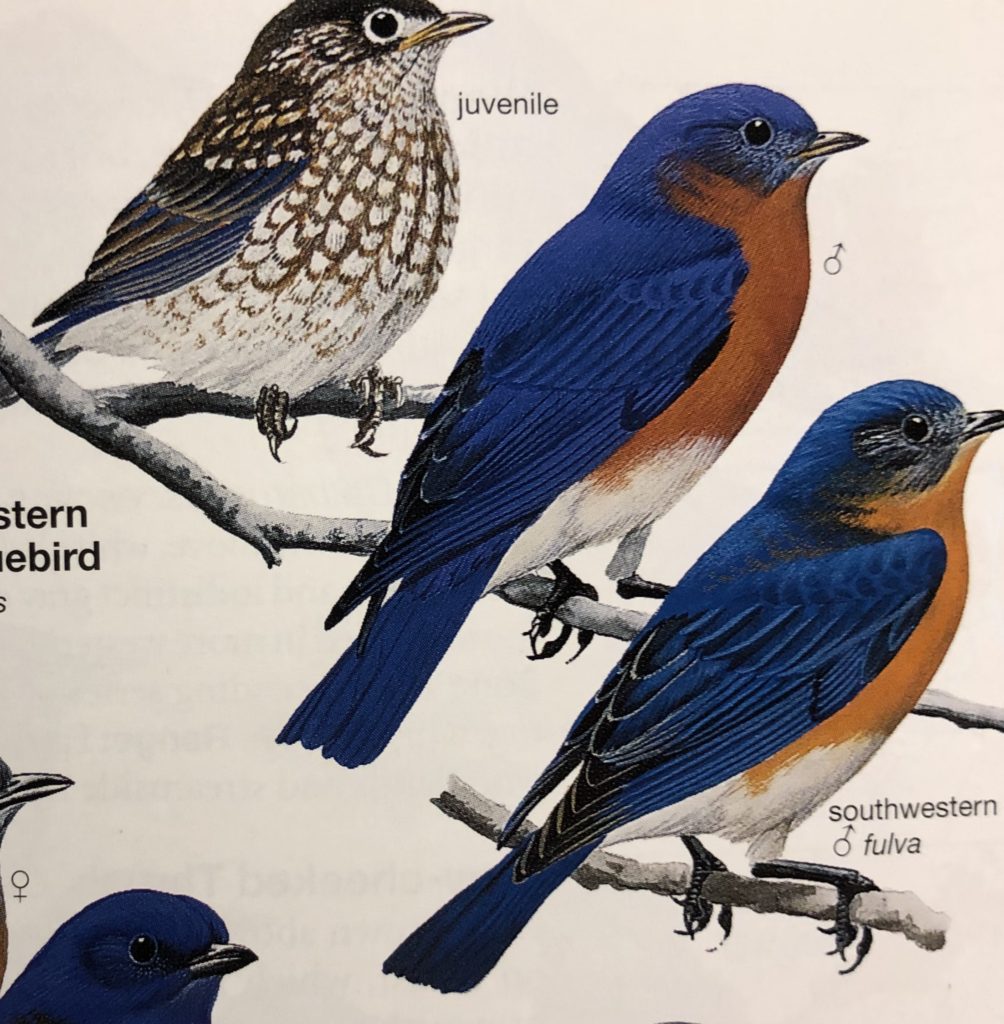
Why does the bluebird bring us such joy? It has been known as the bluebird of happiness for thousands of years around the world, beginning in China, where it was seen as immortal, a protector, and a symbol of the sun. Native Americans revered the bluebird. Navajos saw it as a spirit in animal form and the Iroquois believed the bluebird’s song would chase away the spirit of winter. In Russian fairy tales, the bluebird represented hope. In 1908, a play named “The Blue Bird” by Maurice Maeterlinck depicted two children in search of the Bluebird of Happiness. This play was adapted into an opera, several films and a children’s novel.
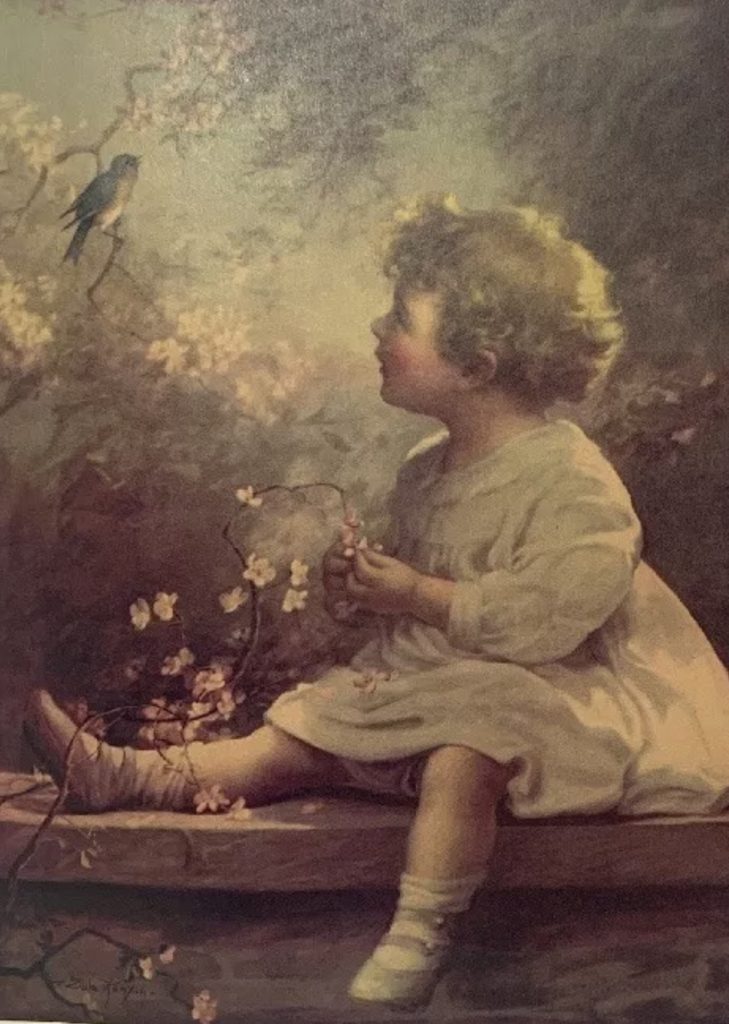
Historically, the bluebird has appeared in everything from artwork to advertisements. 
Bluebirds are often known as the harbinger of spring. Early American pioneers called them “blue robins” because of their bright orange breast and iridescent blue back and tail. Bluebirds are also hailed by gardeners because of their appetite for plant damaging insect pests.
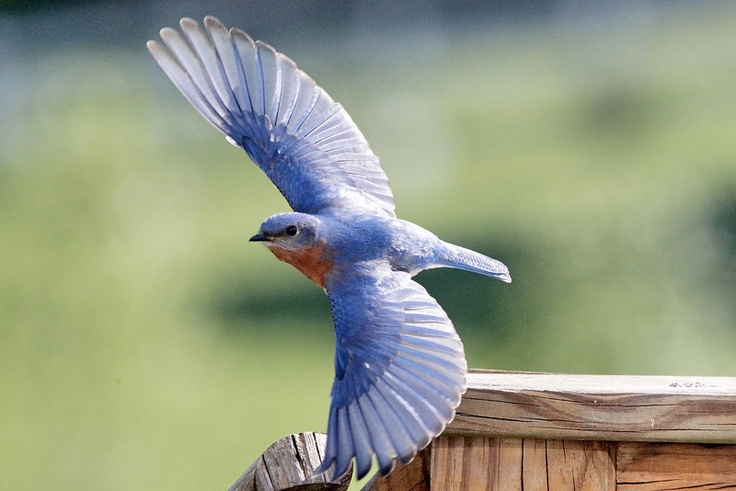
In 1934, around the time my grandmother was being courted by my grandfather, the song “Bluebird of Happiness” was recorded. Composed by Sandor Harmati with words by Edward Heyman, by 1945 it had become a world wide hit.

My Grandmother and Grandfather, circa 1934. 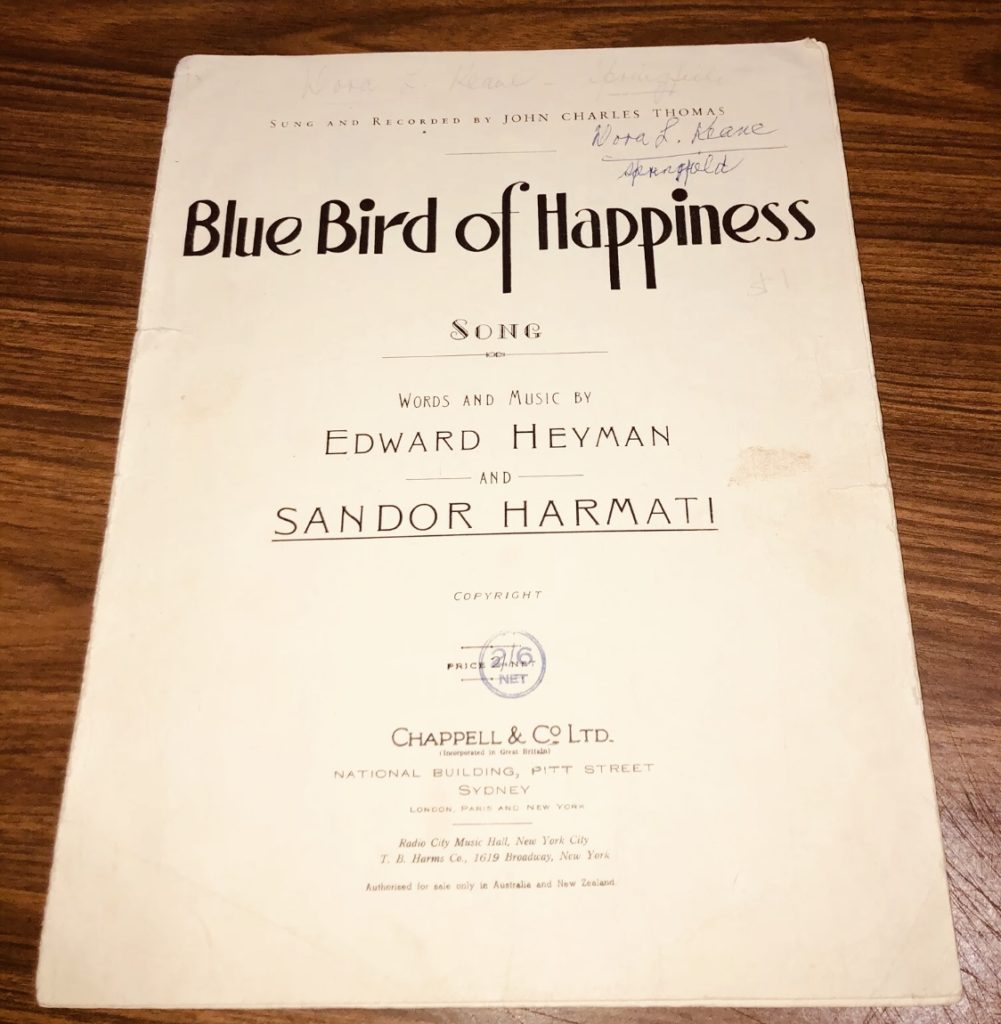
“So be like I, hold your head up high, till you find a bluebird of happiness. You will find greater peace of mind knowing there’s a bluebird of happiness. And when he sings to you, though you’re deep in blue, you will see a ray of light creep through. And so remember this, life is no abyss, somewhere there’s a bluebird of happiness.”
Many other bluebird songs followed, including Judy Garland’s “Hello, Bluebird” and Paul McCartney’s “Bluebird”. And who can forget the iconic song from the Wizard of Oz, “Over the Rainbow”, where “bluebirds fly…if happy little bluebirds fly beyond the rainbow, why, oh why can’t I?”

Judy Garland memorialized the bluebird for all time in her classic song from “Wizard of Oz”. The bluebird is the state bird of Missouri, and did you know that in the United States, there is even a National Bluebird of Happiness Day? It falls on September 24.
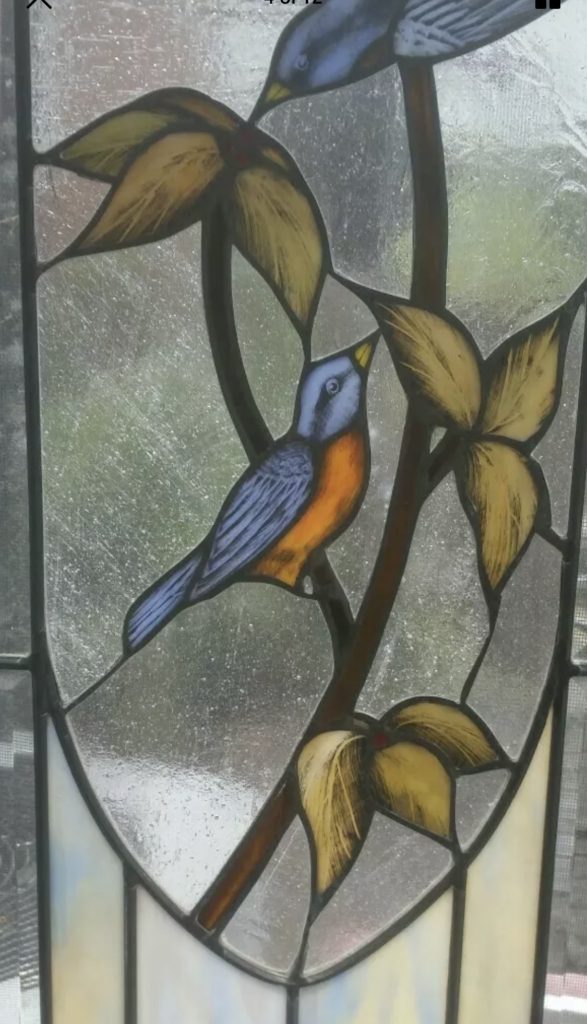
Bluebird days are used to describe a sunny day following a storm. In the ski and snowboard world, bluebird days refer to days with sunshine, good visibility, and fresh snow.
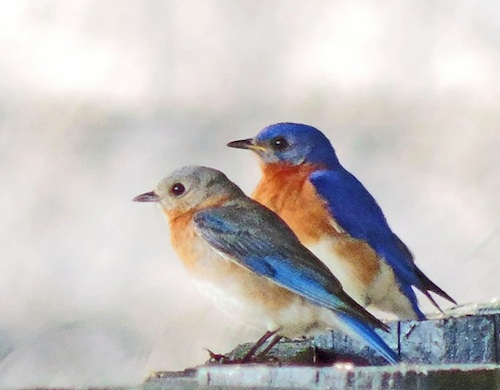
Bluebirds are loved for their beauty, family devotion, and delightful song. If you would like to learn more about bluebirds, see national bluebird society.
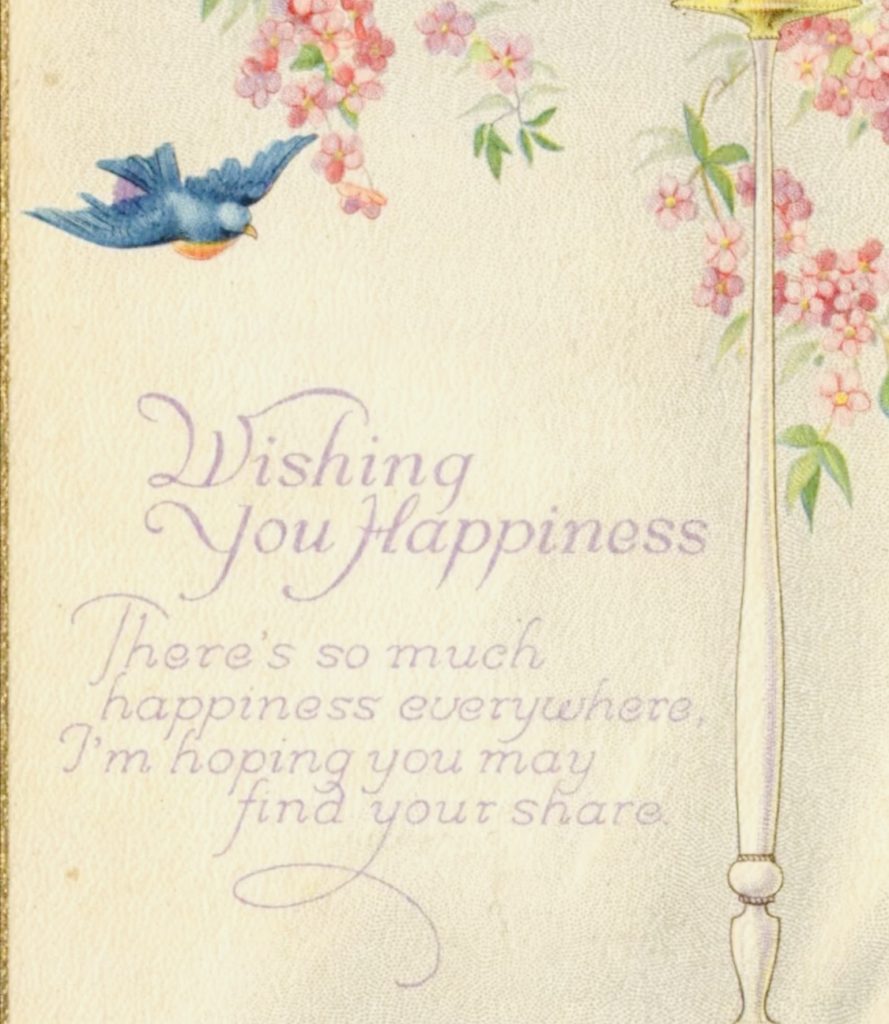
All good things must come to an end. Much to my dismay, our bluebird guide eventually flew away, but he left me feeling very happy. Seeing him made me feel that Spring is on the way! I hope that like me, you find inspiration from the bluebird. Wishing you peace, love, joy, and beautiful vistas.